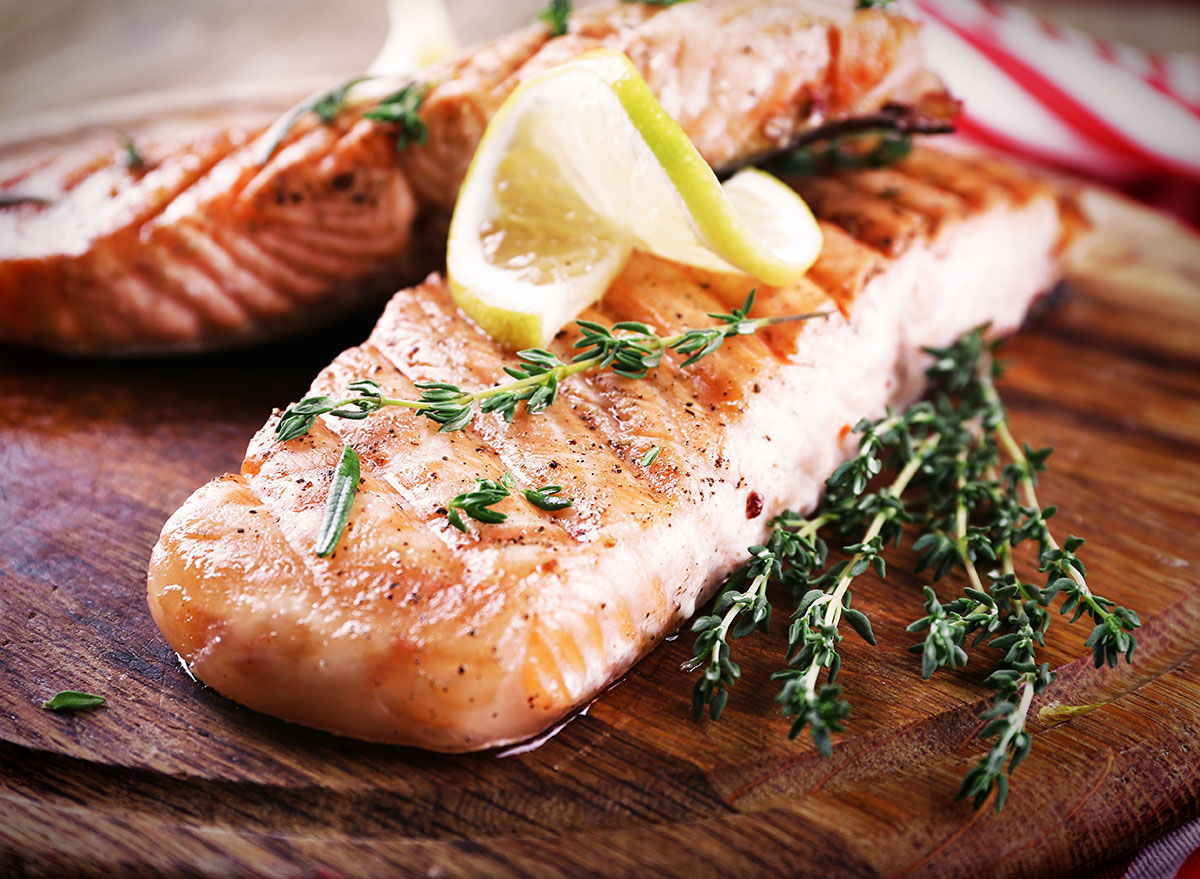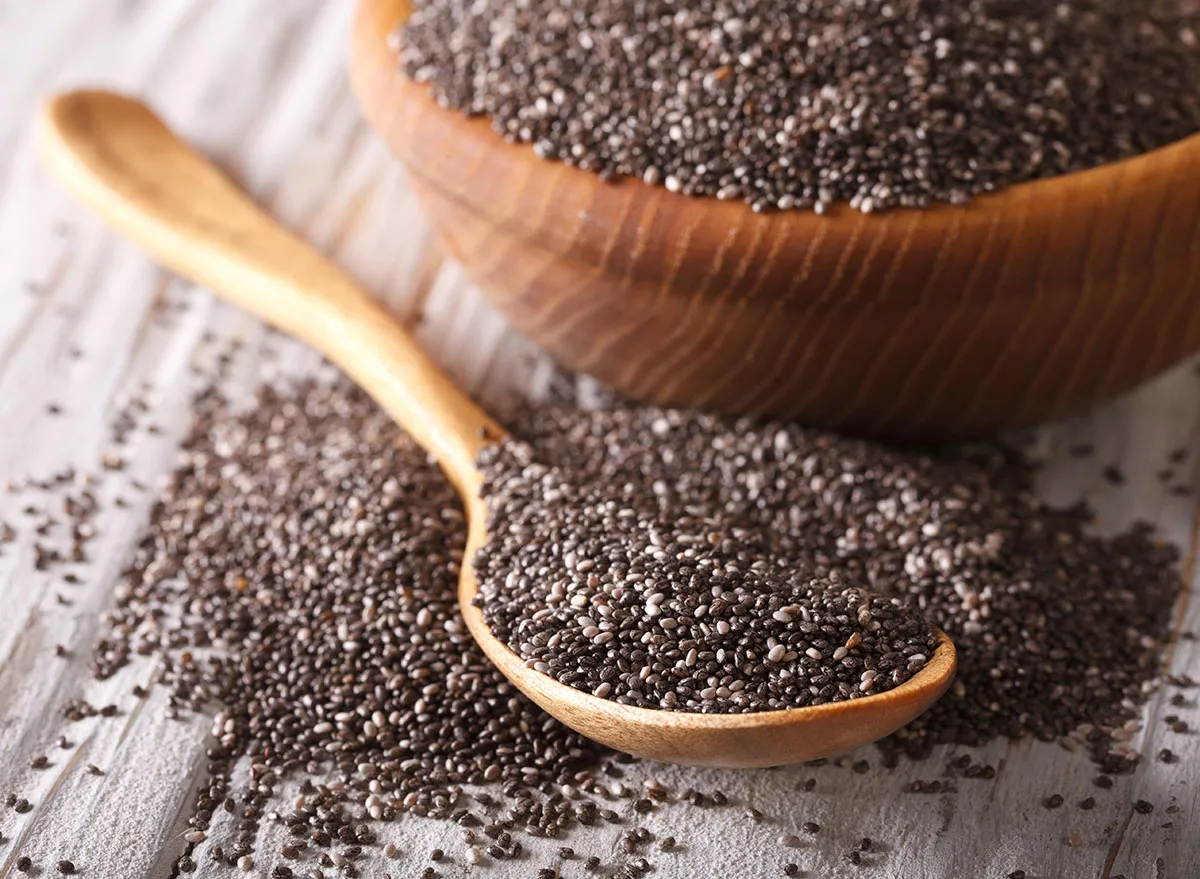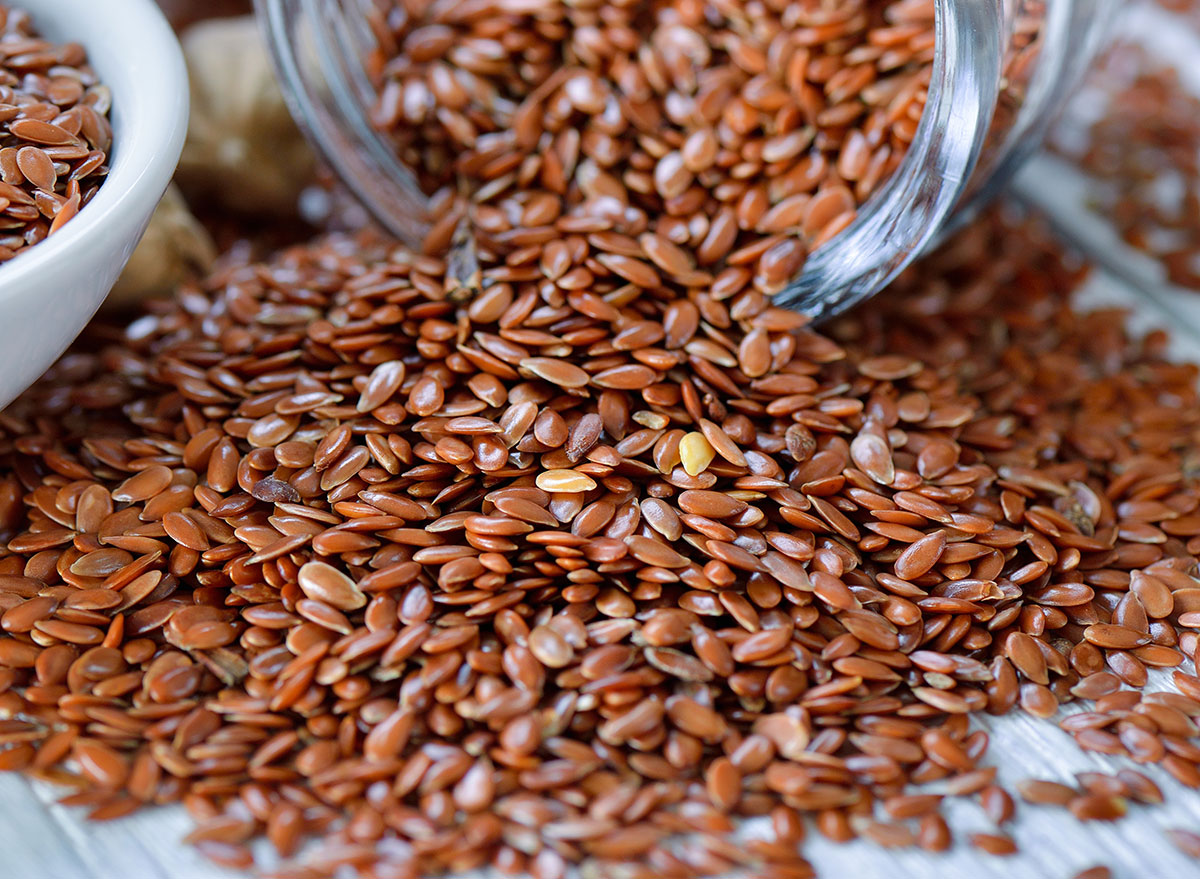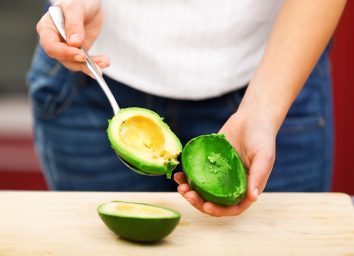5 Foods That Can Help Alleviate Migraine Symptoms, According to a Dietitian

As anyone who has ever had a migraine attack knows, it is no ordinary headache. Migraines can be debilitating and prevent you from working and participating in your everyday activities for hours—or even days. They are one of the most common sources of chronic pain, affecting 39 million men, women, and children in the U.S. and 1 billion people worldwide.
As someone who has suffered from this condition for most of my adult life, I know too well how painful and disruptive they can be. Fortunately, there have been tremendous advances in recent years to help prevent and treat this neurological disorder. Still, for some migraine sufferers, medications can have unwanted side effects, including hair loss, constipation, and nausea.
That's why I was very excited to see the results of a recent clinical trial sponsored by the National Institutes of Health that looked at how specific dietary changes might help migraineurs. The study found that participants who increased foods that contain significant amounts of omega-3 fatty acids, the oils found in some fish, vegetables, nuts, and seeds, while limiting foods that are high in omega-6 fatty acids, such as many vegetable oils, were able to decrease the frequency and intensity of their migraines.
Why are omega-3 fats so special? Researchers believe they play an important role in reducing inflammation, which can contribute to migraine pain. Although more studies are needed, if you experience these intense headaches, you want to make dietary changes to reduce sources of omega-6 fatty acids and load up on foods high in omega-3s. However, always be sure to check with your doctor before trying any new diet regimen.
Now, here are five foods to eat to boost your intake of omega-3 fats.
Fatty fish

Fatty fish including sardines, anchovies, mackerel, salmon, albacore tuna, and trout are some of the richest sources of omega-3s. These fish contain eicosapentaenoic acid (EPA) and docosahexaenoic acid (DHA), sometimes called marine omega-3s. Fish can be expensive and to increase your intake of omega-3 intake, you'll likely need at least 2-3 servings per week. Canned and pouched options are typically less expensive than fresh fish and can be an easy convenient way to add omega-3-rich seafood to your meals.
Chia seeds

Plant sources of omega-3 fatty acids, like chia seeds, are derived from alpha-linolenic acid (ALA) which the body can convert to EPA and DHA, though not very efficiently. Still, you can boost your omega-3 intake with some plant-based foods. Chia is not only high and fiber and protein, ounce-per-ounce it provides more omega-3s than salmon.
I add these tasty seeds to cereal, salads, smoothies, and jam. You can also use them to make a delicious chia pudding.
Flax seeds

If you don't eat fish, these shiny, golden-brown seeds are a rich plant-based source of omega-3s. Like chia seeds, flax seeds contain alpha-linolenic acid (ALA) which the body can convert, in limited amounts, to EPA and DHA. To release their beneficial fats, always grind fresh flax seeds before using them. You can also buy them pre-ground.
Flaxseeds have a mild, nutty taste, and they contain other healthful nutrients, including protein, fiber. I use them in muffins, salads, smoothies, and on top of cereal and yogurt.
Walnuts

With 2.5 grams of omega-3s per one-ounce serving (that's about 14 walnut halves, approximately a handful), walnuts have more alpha-linolenic acid (ALA) per ounce than any other tree nut.
A one-ounce serving of this flavorful nut also has 4 grams of protein, 2 grams of fiber, and is a good source of magnesium—a nutrient that some studies show may be helpful in reducing migraine frequency and intensity.
Walnuts are a tasty addition to meals, snacks, and desserts. I always keep a trail mix made with walnuts and dried fruit in my purse. I also add them to oatmeal, salads, and yogurt.
Supplements

If you don't eat fish, you may want to consider a fish oil supplement to help you boost your omega-3 intake. Many health organizations, including the American Heart Association, now recommend that anyone who doesn't eat fish or has it only occasionally take 1,000 milligrams of fish oil per day. Look for a brand that has a 5-star rating from the International Fish Oil Standards (IFOS) program.









